When my mother first visited me in Los Angeles, she insisted on going to Hollywood. I was living in Koreatown at the time, in an apartment I look back on and think of as slightly cursed.
My mother was also staying in Koreatown, in a hotel just a few blocks down from me. “Let’s go to Hollywood Boulevard,” she said. “I want to see the stars.” Begrudgingly, I obliged her. I was 23 and new to LA and fixated on the Eastside. I was a “Real Adult” now, and I had the independence and means—however little—to assert my taste. I wanted trendy bars that only served orange wine and tiny plates on tables covered with butcher paper. I wanted to feel part of something, and yes, maybe that was a “scene.” I wanted to feel like I knew things—that I had a handle on my life—when in reality I had no real sense of what was going on. The city swirled around me. Yes, I was living, but I never could quite make out what was happening to me, this new, weird, unfinished project called adulthood. I would have never admitted it at the time, but simply put, I wanted to feel cool. Hollywood was the opposite of what I wanted for myself; it was kitschy and corny and lame.
Perhaps all daughters feel this way about their mothers, but my mother is—and always will be—the most beautiful woman I know. Only now do I see how much her love of beauty has imprinted itself onto me. Growing up, she had a beautiful collection of perfume bottles, gathered from the years she spent living in Paris and New York. They were forbidden for me to touch, as was the collection of silk scarves in the top drawer of her bedside dresser. (Oh, the thrilling transgression of sliding those drawers open, of sneaking a spray of Chanel N°5!) Watching my mother get dressed and seeing her relationship to the things she owned—which were always of good quality, and truly precious to her—has influenced me more than I realized. There was always an element of preservation to beauty, a desire to hold onto or cherish it. Some of the perfume bottles were more than fifteen years old. I used to make fun of her propensity to hold onto things; I’d gift her a fancy lotion or soap for Christmas and she’d refuse to use it for years.
My mother immigrated to the United States from Haiti in 1981. She was 14 when she arrived to New York, in that exciting phase of life where you start to assert your own identity. In photographs, many of them taken by my father, my mother’s looks are always playful yet elegant, her inner strength and confidence palpable. Even when she’s young, she radiates with power. I see so much of the 80s in her, especially her love of decadence, which sometimes verges on the chi chi.
So it’s really no surprise that my mother wanted to go to Hollywood. I was sullen the entire time. She wanted to ride a tour bus, but I refused. She wanted to go to the Wax Museum and I refused that, too, “above” it all. We walked and ended up eating at a terrible Italian restaurant. Unsurprisingly, the day soon turned sour.
At the time, I didn’t know Hollywood. I’d written it off as a tourist trap, a zone on the map I wanted to avoid. I hated its heady chaos, its crowds. Like many (frankly idiotic) newcomers to LA, I wrote off an entire neighborhood before I ever took the time to explore it, ignorant of the history all around me.
I live in Hollywood now. When I tell people this, I am sometimes greeted with a look of surprise. I think most people assume I live on the Eastside—somewhere in Los Feliz or Echo Park. When my boyfriend and I decided to move in together, we had a few neighborhoods in mind, but decided that we ultimately wanted to live somewhere that felt somewhat walkable and, more importantly, green. We ended up in Hollywood by surprise, in an area I had driven through a few times but had largely given little thought. Los Angeles is like that—very hidden, and you often have to work for something to reveal itself to you. The city never express itself to you visibly. It is dense, a network, or how Rosecrans Baldwin puts it in his great book about the city, Everything Now: Lessons from the City State of Los Angeles, a cloud or an endless scroll.
Although I loved our apartment and going on walks through the hills, I was resistant to Hollywood. Unlike the other neighborhoods I had lived in, the city’s houseless population was more immediately on view. The small park a block down from my apartment became an encampment that later got rounded up by the police and destroyed. For months it stood fenced and empty, all that green space wasted. I hated the cruelty of it, the ugliness, how it made me feel my own cruelty and ugliness. The proximity jarred me, especially juxtaposed with the homes that cost millions of dollars, not even a mile away.
Sometimes, Hollywood feels like the nexus point of Los Angeles at its most frustrating: everything too much, all at once, coming at me from all directions, nowhere stable enough for me to land. It’s Los Angeles—and frankly America—at its most extreme. It’s the gluttony and the glitter, the restless hustling of the rapper selling mixtapes, endless relics of hopes and dreams. The shit on Clark Gable’s star. In Hollywood, I feel the dream machine’s churn.
I never grew up dreaming of Los Angeles. New York was always the city I envisioned myself living in. I grew up in Marietta, Georgia. When I finally had the chance to leave, I practically ran, but in one direction. I only applied to colleges on the East Coast. Practically all of my extended family lived in either Brooklyn, Boston, or the suburbs of Florida. Everything westward was practically blank space on the map, virtually meaningless to me. In a way that still feels like an accident, I ended up studying film, and suddenly Los Angeles was the place to be.
Before I moved to Los Angeles and quickly learned better, Hollywood was a stand-in for all of the entertainment industry, and maybe all of Los Angeles, too. I assumed the Hollywood of yore was the Hollywood of now. How wrong I was.
I have since learned to (hesitantly, warily) love living in Hollywood. I often turn to books for comfort or advice, and reading great writing about Hollywood and Los Angeles ignited my curiosity. I read Eve Babitz for the first time, an experience that was honestly so joyful I wish I could have it again. (It’s impossible to read Babitz and not end up feeling some amount of fondness—however brief—for this strange, frustrating, yet ultimately rewarding, city.) Babitz grew up and lived in Hollywood, and it felt exciting to know that her exploits happened just a few miles away from me. Joan Didion lived not too far from me, too, and just the thought of that gives me a lot of delight and, strangely, comfort.
The community garden where I have a plot is also in Hollywood. You would never know unless you were looking for it; it feels like a hidden Eden, my own little piece of heaven.
After buying a walking guide to Los Angeles, my boyfriend and I discovered we lived not too far from the High Tower featured in Robert Altman’s The Long Goodbye (1973). (A top LA movie for me.) You can only access the tower via a series of hidden staircases. One night after an excursion to Yamashiro, also in Hollywood, we discovered Flowering Tree, a sweet little cafe just next door.
There’s Musso & Frank’s, which is maybe becoming my favorite restaurant in LA? A perfect, classic dining experience. And those booths! I love a red booth!
Other Hollywood recommendations: the Hollywood Reservoir, the newly restored Egyptian Theater, Japan House, and the Hollywood Bowl.
This week’s recommendations & encounters:
I. A film - Nothing But A Man (1964), dir. Michael Roemer
This week I watched Nothing But A Man, directed by Michael Roemer. Released in 1964, the film is set in a small town near Birmingham, Alabama and follows Duff, a man struggling to maintain his dignity in a small racist town. It’s a perfect film and also features an incredible soundtrack. (Fun fact: the soundtrack was the first ever released by Motown Records). The last few sequences are some of the most moving I’ve seen, as well as the film’s final lines. I’m shocked that it took a recommendation for me to encounter this film, especially since Roemer attended by alma mater. You can watch the film for free here.
II. A book - Shining Lights, ed. Joy Gregory
A few weeks ago, I had the lovely opportunity to chat with British photographer Joy Gregory for Another Magazine about the release of Shining Lights, a fantastic anthology of Black women photographers in 1980s-90s Britain (the first!) she edited. In reading the book and speaking with Joy, I was struck by how the women in the book saw their Blackness as a political identity forged out of a shared history rather than one based solely phenotype or race. I’ve found myself ruminating on what it would mean to apply that kind of solidarity to our contemporary context. You can read my interview with Joy here.
As always, thank you for reading! If you enjoyed this post, please don’t hesitate to share it. These weekly posts are free, and every single view and subscription directly supports me and my work.
I’ll be away next weekend so there won’t be a Sunday post next week. I’ll see you in two 💌


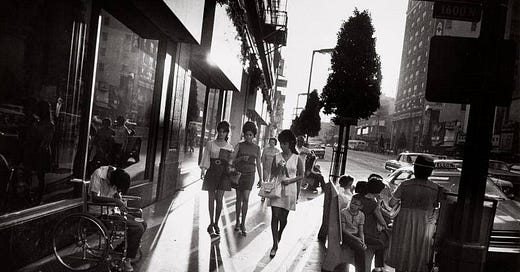



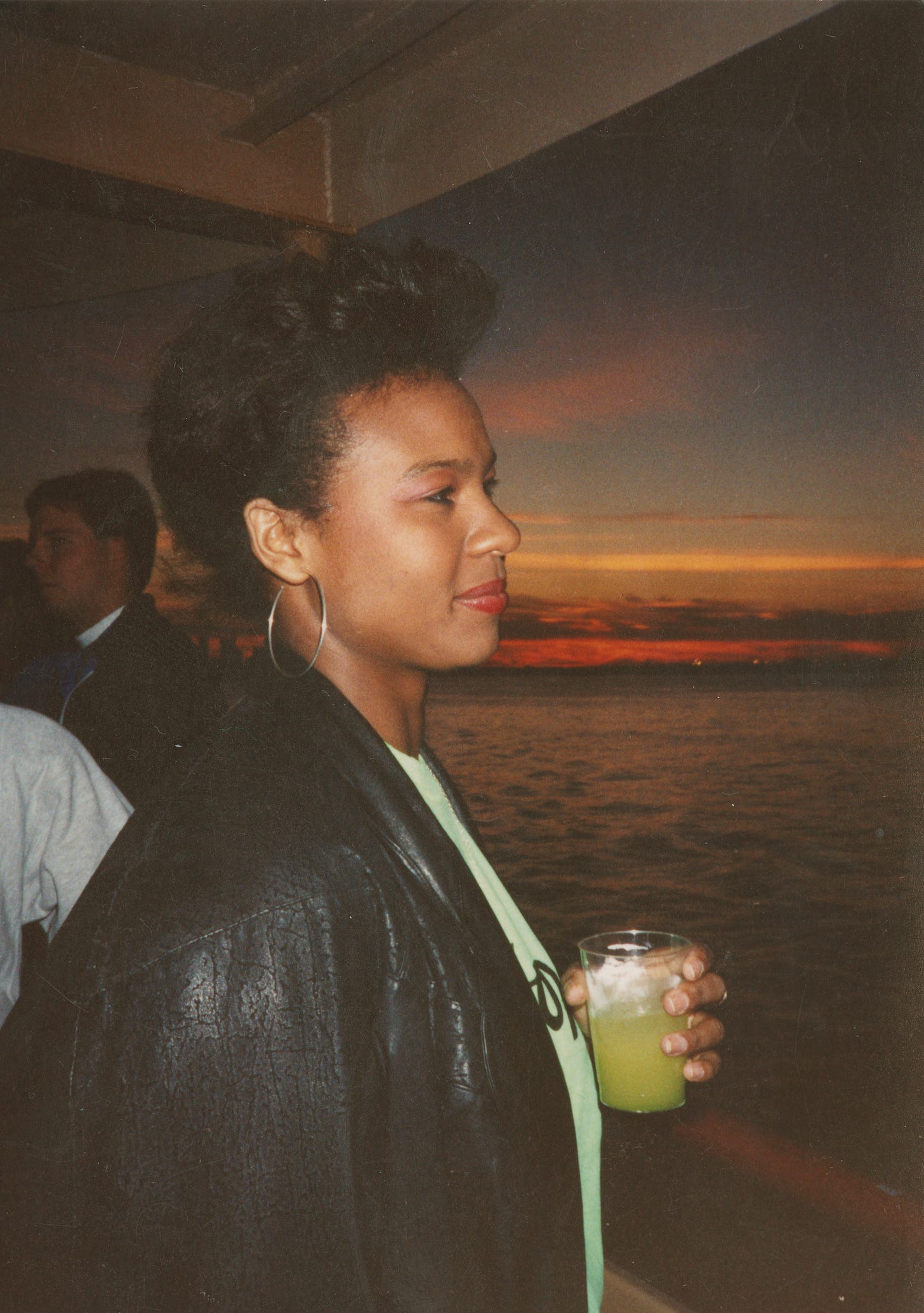

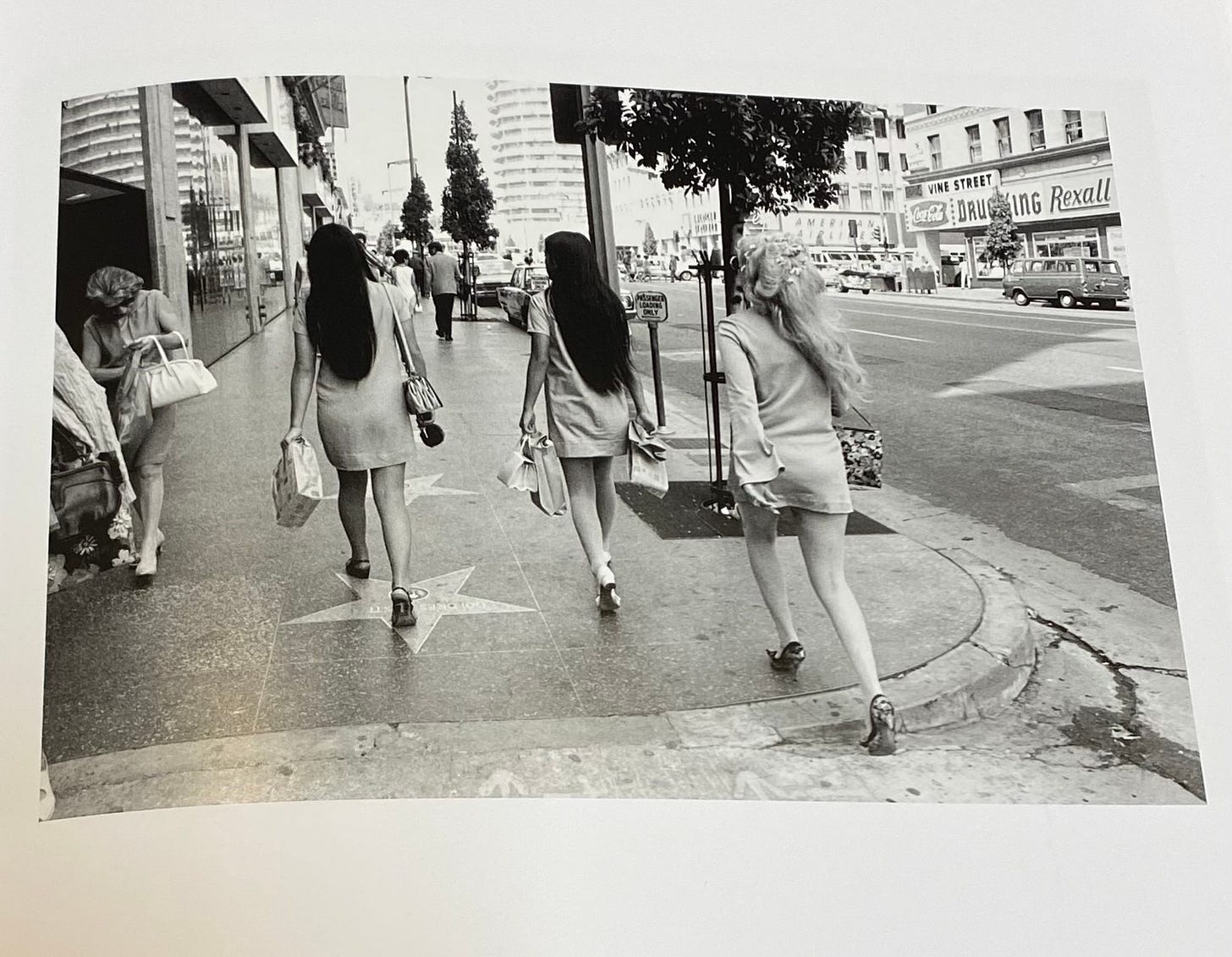
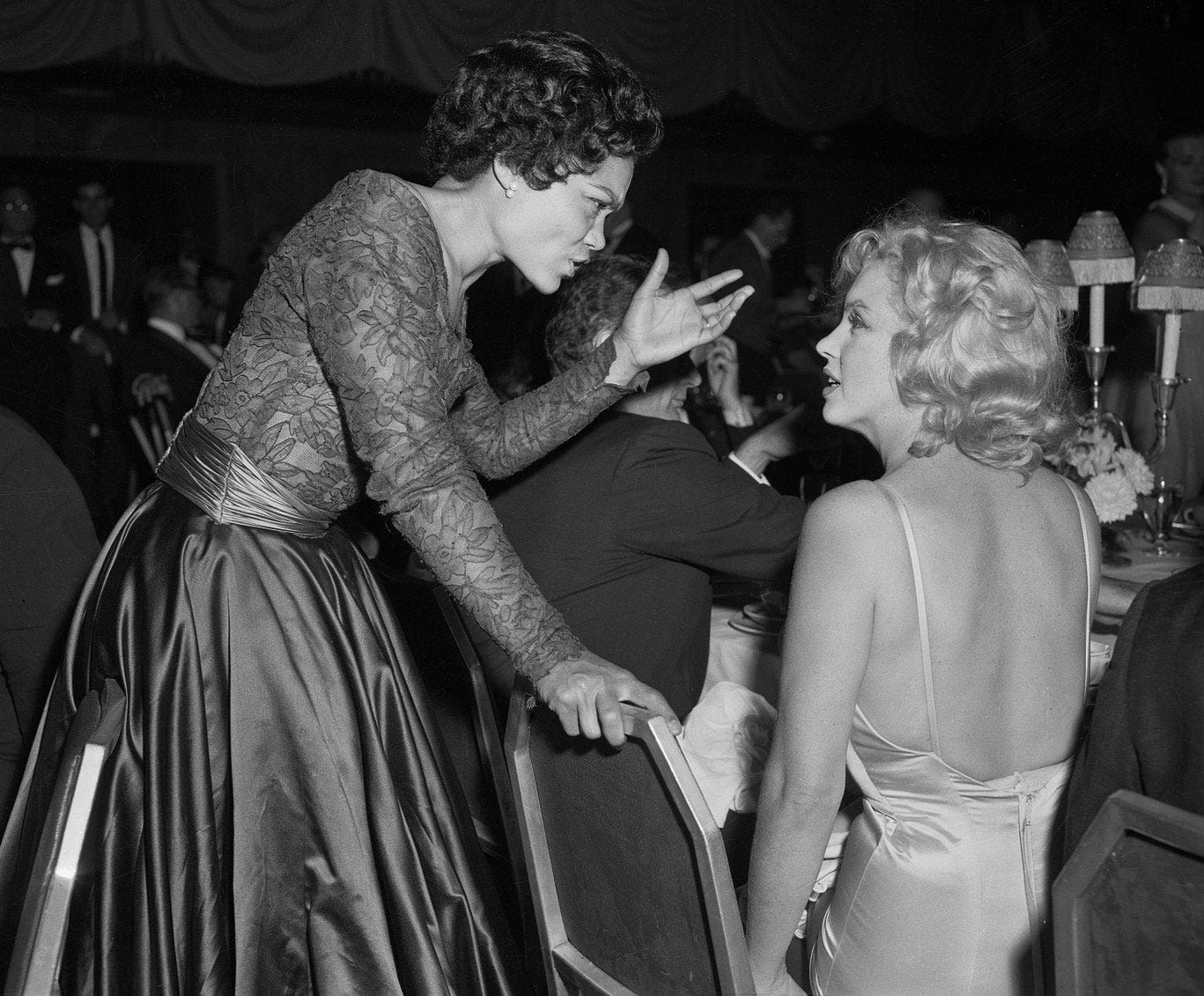

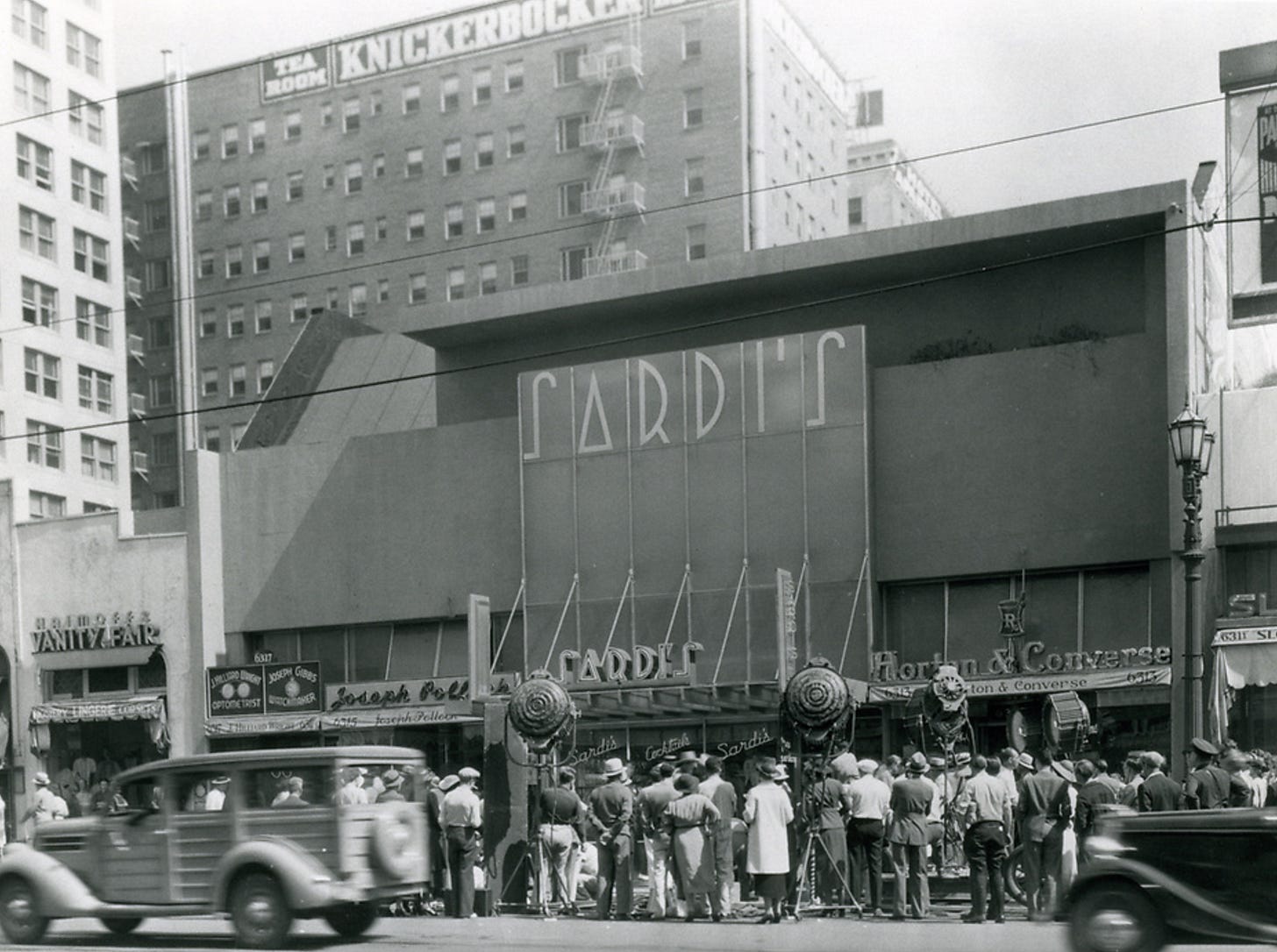
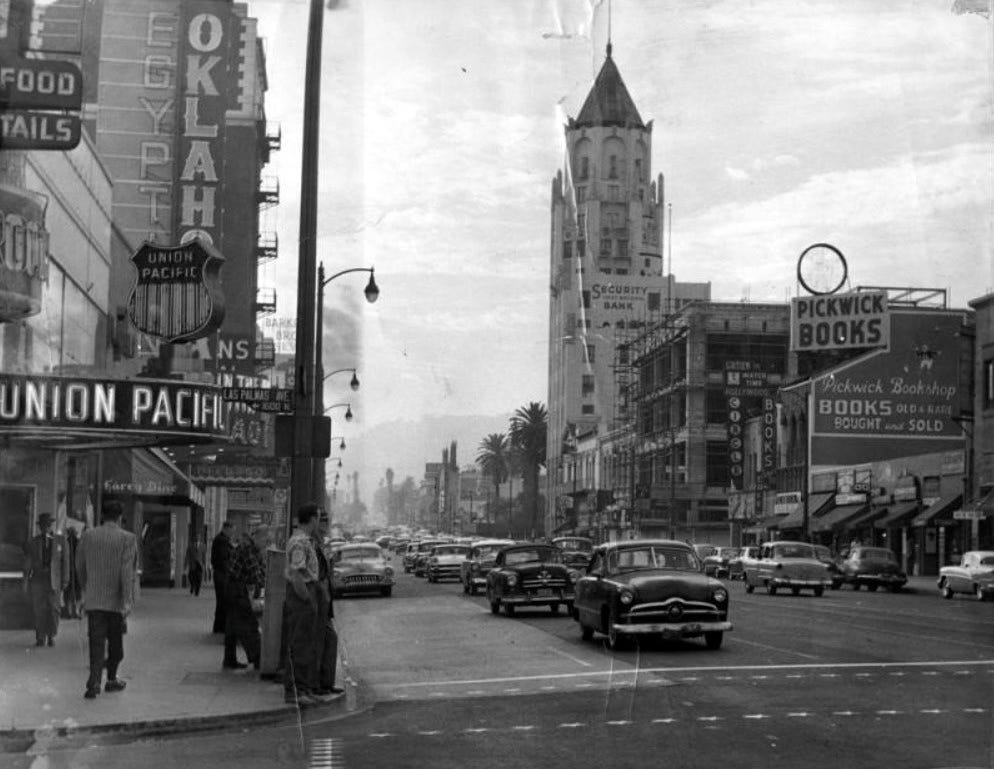

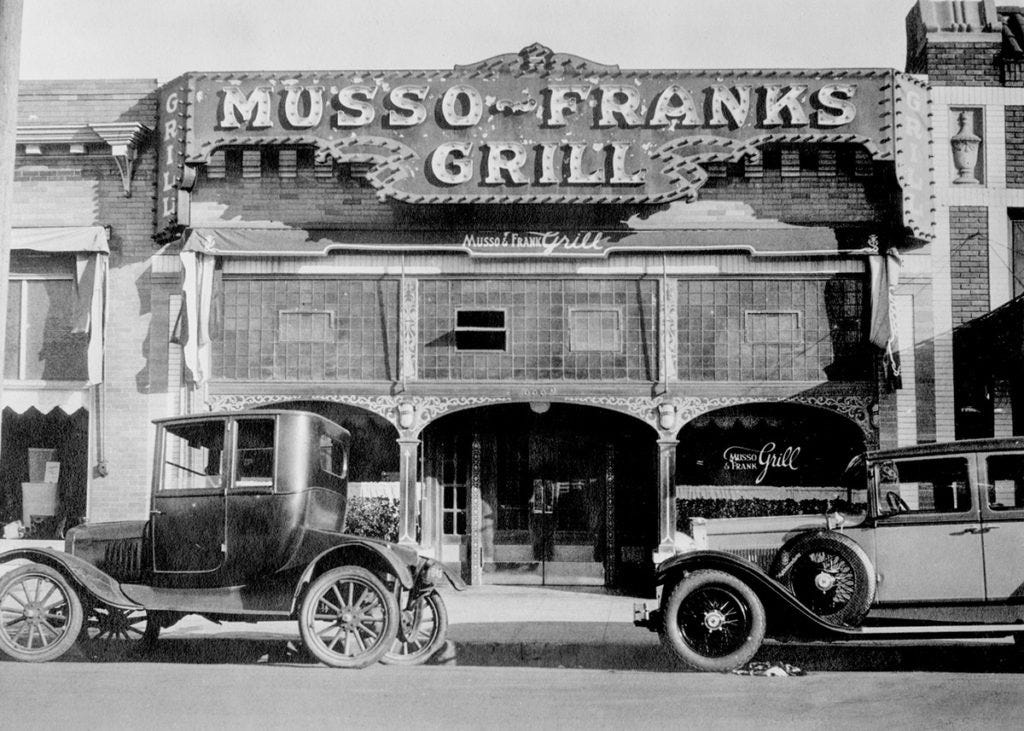
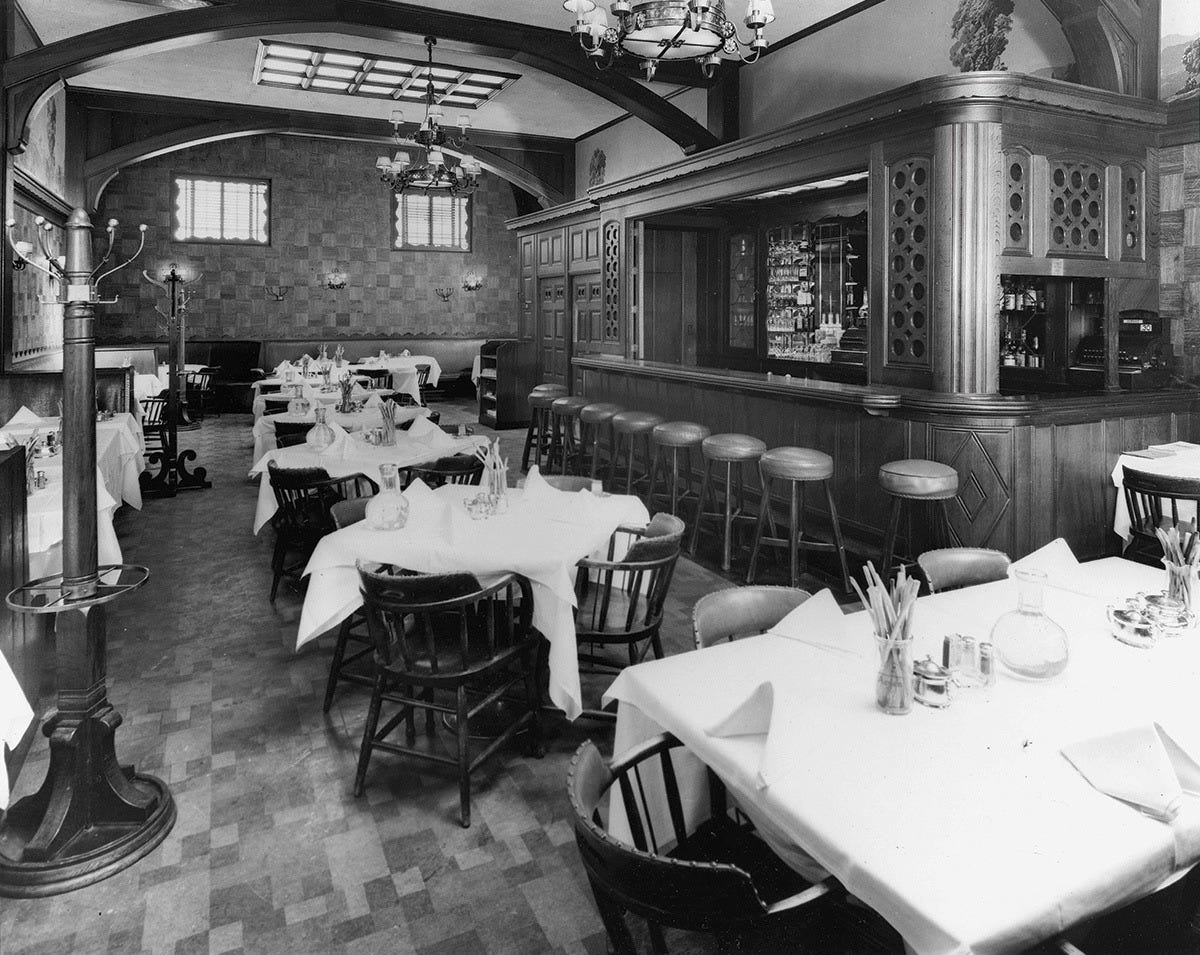

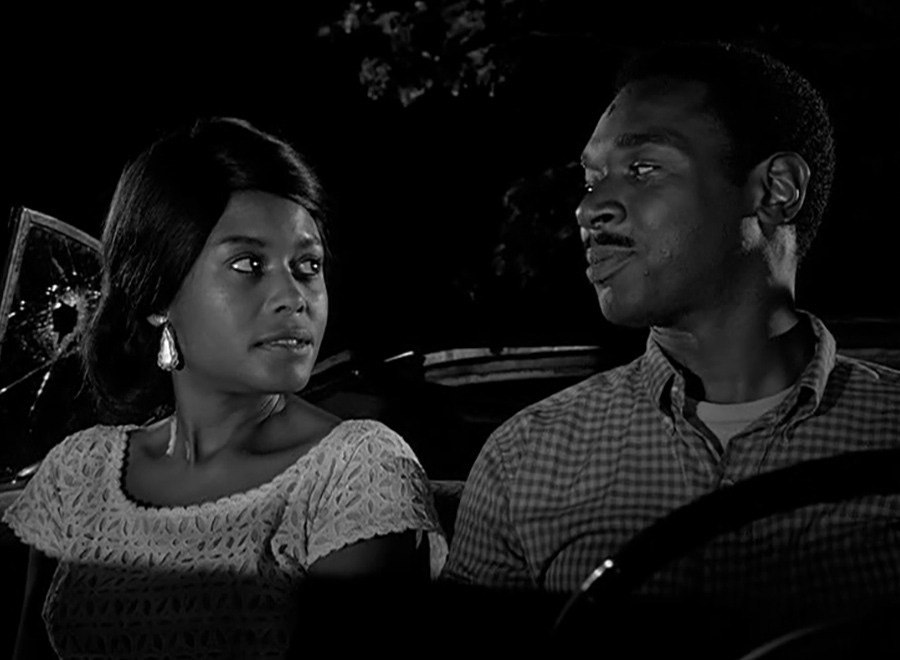
I love this! it is so easy to lose sight of your home city because of its familiarity.
I think the Covid lockdown really helped me to reconnect to nature in London, and made so much more observant of the bird and rich variety of wildlife existing, even in the centre of town!